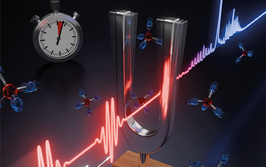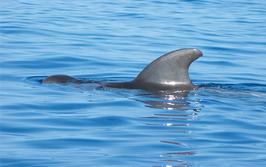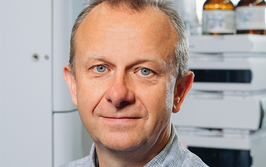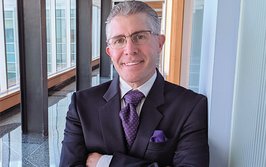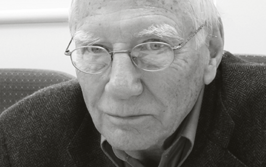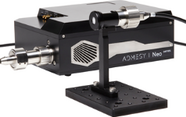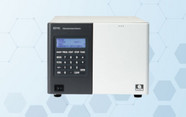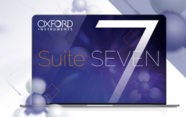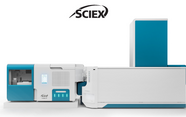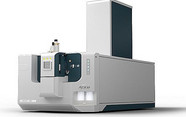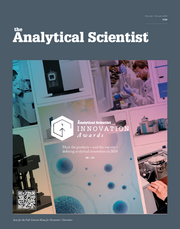Alternative Atomic Spectroscopy
Solution-cathode glow discharge is the answer to atomic spectroscopy’s most frustrating traits.
Michael Webb |
Atomic spectrometry is not a new field – in fact, its timeline can be measured in decades. It’s been 19 decades since Henry Fox Talbot linked flame emission spectra to compounds of particular elements. Sixteen decades since Robert Bunsen and Gustav Kirchhoff began extensive studies of atomic absorption and atomic emission spectra. Ten since Niels Bohr linked atomic spectra to atomic structure. Six since Alan Walsh developed flame atomic absorption spectroscopy (FAAS) into a quantitative analytical technique. Five since Velmer Fassel and Stanley Greenfield introduced inductively coupled plasma optical emission spectrometry (ICP-OES). Even Sam Houk’s initial ICP mass spectrometry (MS) work is nearly four decades old.
Despite this long history, ICP-OES and ICP-MS remain the preferred methods for many analyses, and outsiders to the field could be forgiven for thinking atomic spectroscopy was stagnant. That would overlook enormous progress. ICP torches of today may not look much different from Fassel’s torch of five decades ago, but every step from sample introduction to signal processing has evolved, particularly through work that continues into identifying and reducing or correcting matrix interferences. Other authors would be better suited to bringing attention to this research. My interests are in a more radical direction – developing alternative atomic spectrometry sources.
The strengths of ICP-OES are well known – trace-level detection limits, long linear range, mild matrix effects, and good precision. Still, it has disadvantages. It requires around 15 L/min of Ar, 1.5 kW, water cooling, and a high-resolution spectrometer. Most sample introduction uses nebulizers that can be prone to clogging with high solid samples. ICP is not practical for on-site industrial or remote environmental monitoring. Solution-cathode glow discharge (SCGD)–OES, on the other hand, is well suited for such applications.
SCGD is one of a growing number of atomic spectrometry sources operating on similar principles. All owe their roots to Cserfalvi and Mezei’s electrolyte cathode atmospheric glow discharge (ELCAD), which was introduced in 1993 but got surprisingly little attention at first. In addition to SCGD, sources related to ELCAD now include liquid sampling atmospheric pressure glow discharge, direct current atmospheric pressure glow discharge in contact with a flowing liquid cathode, and alternating current electrolyte atmosphere liquid discharge. These instruments have now been applied to tea, mineral water, brines, tuna fish, aquatic plant matter, oyster tissue, coal fly ash, groundwater, hepatitis-B vaccine, lake water, soil leachates, spruce needle leachates, colloidal silica, zirconium alloys, and simulated natural water. I’ll focus on SCGD, but these other sources have similar advantages.
SCGD does not use any compressed gases, requires only about 70 W to maintain the plasma, does not require cooling, and can use a compact low-resolution spectrograph. ‘Solution cathode’ refers to the sample, which acts as one electrode of an atmospheric pressure glow discharge that is 3 mm tall and about 1 mm in diameter. With the sample directly in contact with the discharge, there is no nebulizer to clog. The power demands are so low that the instrument could conceivably run on batteries. ICP instruments use high resolution (~10 pm bandpass) to avoid spectral interferences, but SCGD has a relatively sparse spectrum and so can use lower resolution (~350 pm bandpass), while still avoiding most spectral interferences. A small, inexpensive spectrograph can accomplish this resolution while simultaneously covering a wide spectral range to allow multielemental analysis. SCGD-OES is capable of detection limits and precision similar to ICP-OES.
Of course, SCGD has its shortcomings. Most notably, matrix effects are more severe than with ICP (although generally less severe than with FAAS). The inadequacy can largely be overcome using standard addition calibration, but external standard calibration would usually be preferable. Studies are ongoing to identify and reduce or correct matrix interferences in SCGD.
When considered on the scale of atomic spectroscopy, SCGD and related methods are still youngsters. With more attention? I believe they will mature and play a complimentary role to ICP.
Michael Webb is Associate Professor, Department of Chemistry, at the University of North Carolina Wilmington, USA.
